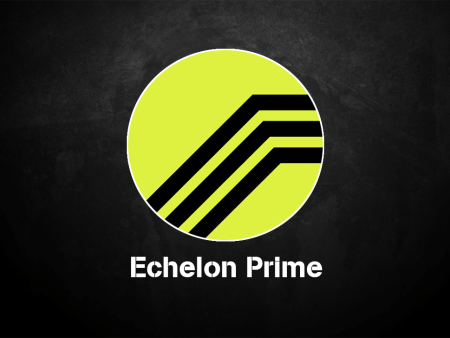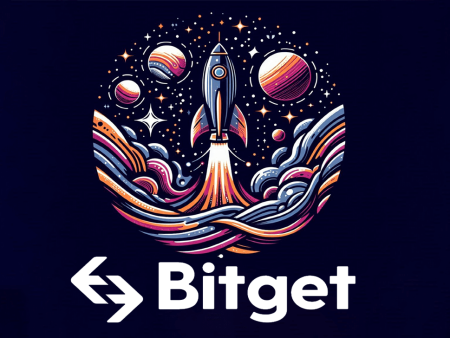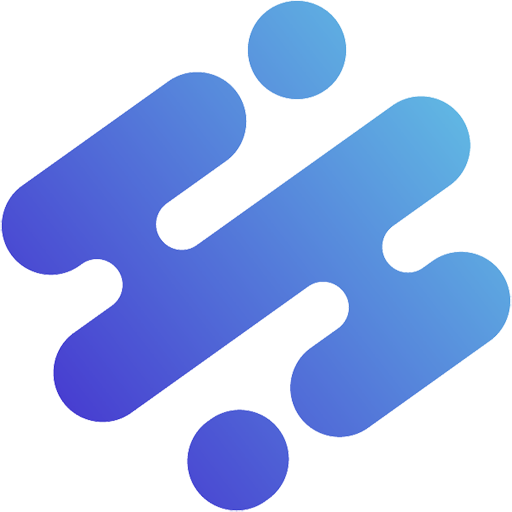Blast is a promising Layer 2 project built on Optimistic Rollup technology. With the goal of addressing high transaction fees and slow speeds on Ethereum, Blast aims to provide a better user experience.
So, how does Blast work and what advantages does the BLAST token offer? Let’s explore these in detail with AZCoin in the following content!
What is Blast?

Blast is a Layer 2 (L2) solution based on Optimistic Rollup technology, fully compatible with EVM. It aims to provide native yield to users through staking ETH and stablecoins like USDC and USDT.
With Optimistic Rollup technology, Blast can handle transactions at high speeds, reaching up to 10,000 TPS, while reducing transaction fees and improving transaction speeds.
Blast project team and investors
Project Team The Blast founding team consists of experienced developers and experts in blockchain and finance. The key members include:
- Pacman: Founder and CEO of Blast, Pacman has over 10 years of experience in the blockchain industry. Prior to founding Blast, he founded Blur, an NFT platform on Ethereum.
- Kelvin Ho: COO of Blast, Kelvin Ho is a financial expert with over 15 years of experience at major banks such as Goldman Sachs and Morgan Stanley.
- Adi Singh: CTO of Blast, Adi Singh has worked on prominent blockchain projects such as Ethereum and Solana.
Investors Blast successfully raised $20 million from notable investors like Paradigm, Standard Crypto, eGirl Capital, Primitive Ventures andrew Kang and Hasu.
Key features of Blast
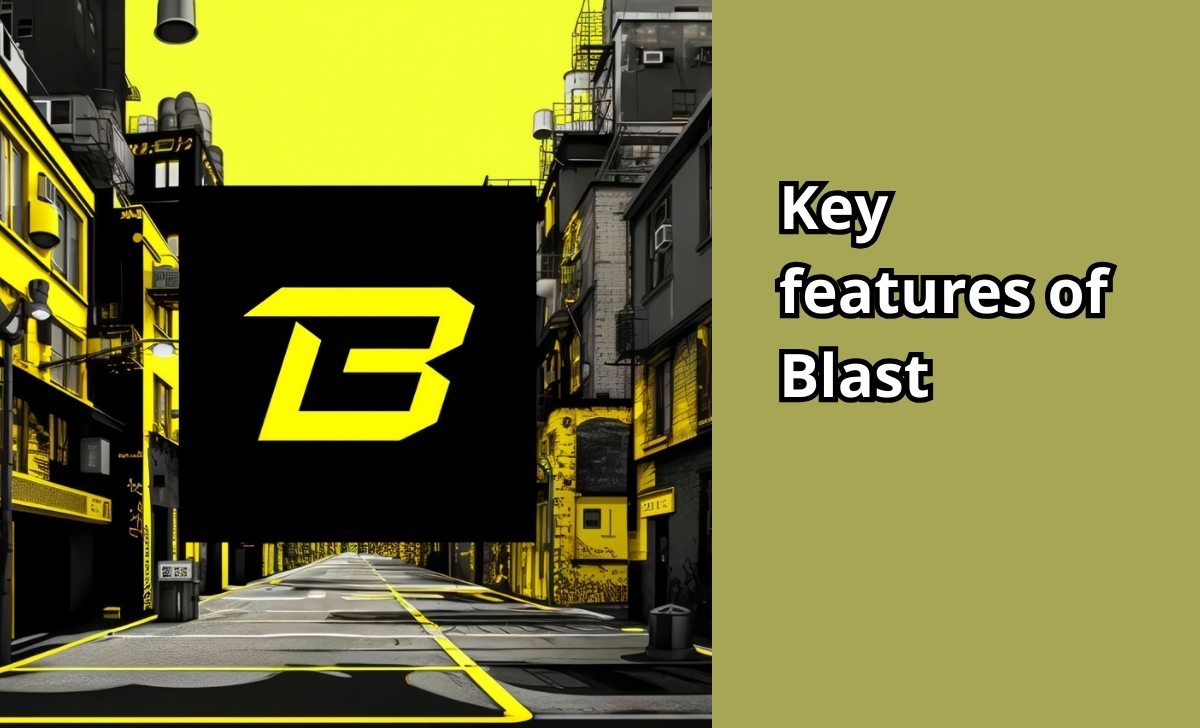
Blast has garnered significant attention from the community due to the following standout features:
- Native Yield: Blast is the first EVM-compatible Layer 2 solution that offers native yield for users when staking ETH and other stablecoins. The platform automatically stakes assets into Lido and distributes rewards, with yields of up to 4% for ETH and 5% for stablecoins. However, users cannot withdraw yield from Blast until the platform officially launches in February 2024.
- EVM Compatibility: Blast is fully compatible with EVM, allowing Ethereum dApps to easily transition to this platform and operate without compatibility issues.
Blast community airdrop event
In addition to earning profits from native yield, users have the opportunity to receive airdrops through the Blast Community Airdrop program. The airdrop program consists of three phases:
- Phase 1: Early Access – Users deposit ETH or stablecoins into Blast to accumulate Blast Points through staking activities and referral codes. Blast Points are tokens used to determine the number of tokens users will receive in the next airdrop.
- Phase 2: Mainnet (expected in February 2024) – When the platform officially launches, dApps will be deployed on Blast and users can withdraw staked funds.
- Phase 3: Redemption (expected in May 2024) – Users can redeem Blast Points for the official Blast tokens.
Note:
- Blast reserves the right to modify the airdrop program terms without prior notice.
- Users should assess risks before participating.
You can also explore other potential projects such as Lista DAO, Pencils Protocol, Treasure DAO and more.
Basic information about BLAST token
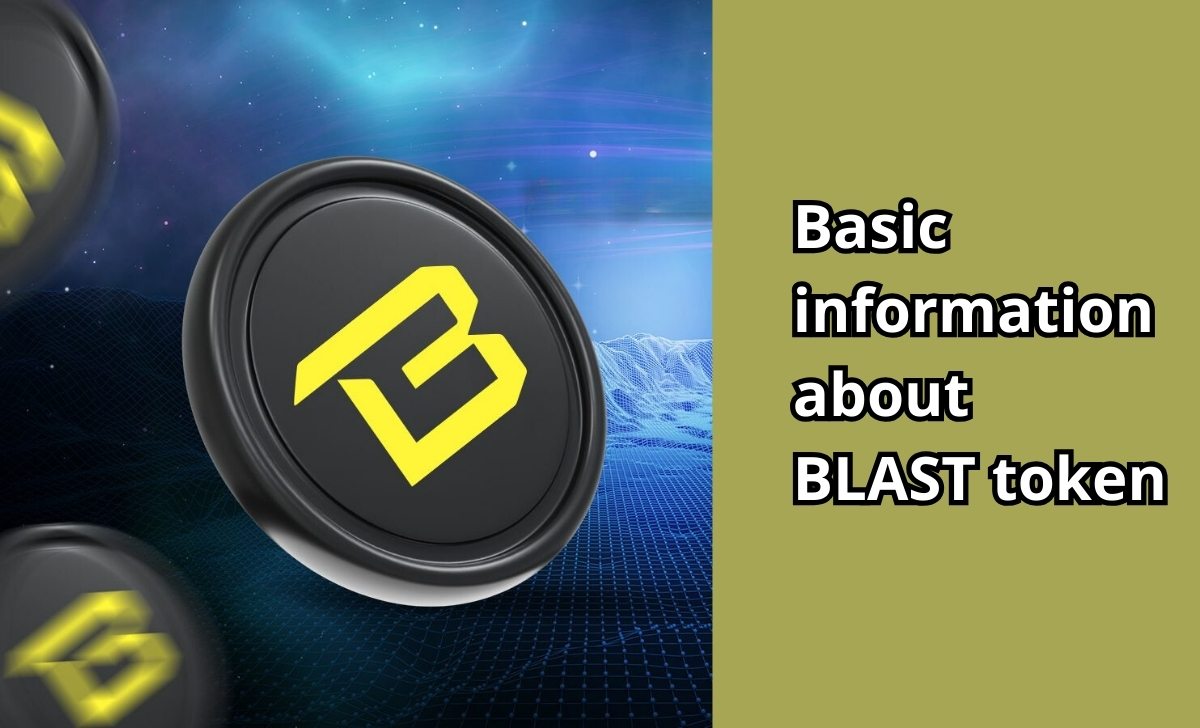
Technical specifications
- Token Name: Blast
- Ticker: BLAST
- Blockchain: Blast Mainnet
- Contract: Oxb1a5700A2358173Fe465e6eA4F52Е36882ad
- Token Type: TBD
- Total Supply: 100,000,000,000 BLAST
- Initial Supply: TBD
BLAST Token allocation
According to the project, the BLAST token distribution is as follows:
- Community: 50%, equivalent to 50,000,000,000 BLAST
- Core Developers: 25.5%, equivalent to 25,500,000,000 BLAST
- Investors: 16.5%, equivalent to 16,500,000,000 BLAST
- Blast Fund: 8%, equivalent to 8,000,000,000 BLAST
What is BLAST token used for?
The BLAST token has multiple applications within the Blast ecosystem, including:
- Airdrop Rewards: BLAST is used to reward users in airdrop programs.
- Staking and Liquidity: Users can stake BLAST or provide liquidity to DeFi platforms and dApps.
- Project Governance: BLAST holders have voting rights in governance activities to manage and operate the project.
Where to buy and sell BLAST tokens?

BLAST tokens can be bought and sold on the best crypto exchanges such as Coinbase, Bybit, Gate.io and MEXC. For decentralized trading, BLAST is also available on platforms like Thruster v3, Uniswap v3 (Blast) and MonoSwap v3 (Blast).
Where to store BLAST tokens?
BLAST tokens can be stored in wallets that support the ERC-20 standard, including MetaMask, MyEtherWallet (MEW) and hardware wallets like Ledger Nano S/X for enhanced security.
Should you invest in the Blast project?
Investing in the Blast project could present an attractive opportunity, especially if you believe in the growth of Layer 2 technology and the benefits it provides. Blast stands out with its native yield and efficient transaction processing using Optimistic Rollup technology.
However, thoroughly researching and assessing the risks before making a decision is essential. Evaluating the development team, financial situation and the project’s long-term potential can help you make an informed investment decision.
Conclusion
Above is detailed information about the Blast project and BLAST token shared by AZCoin. We hope this article helps you gain a better understanding and make informed decisions before investing in this project!

I am Louis Dang, living in Ottawa, Canada. I am currently working as a trader for AZCoin company, with 7 years of experience in the cryptocurrency market, I hope to bring you useful information and knowledge about virtual currency investment.

